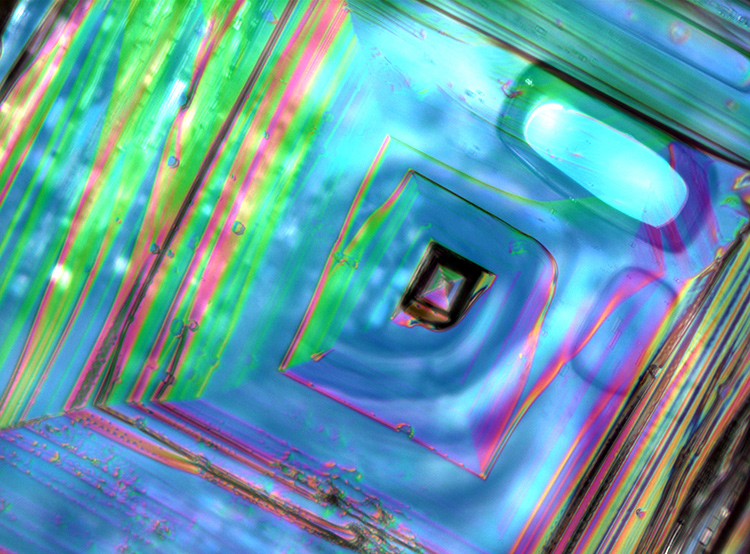
FIRST PLACE
“Who knew something you eat every day could look so beautiful? Table salt (NaCl) imaged by polarization microscopy with a Nomarski prism.”
—Erik A. Rodriguez, The George Washington University, Washington, DC, USA
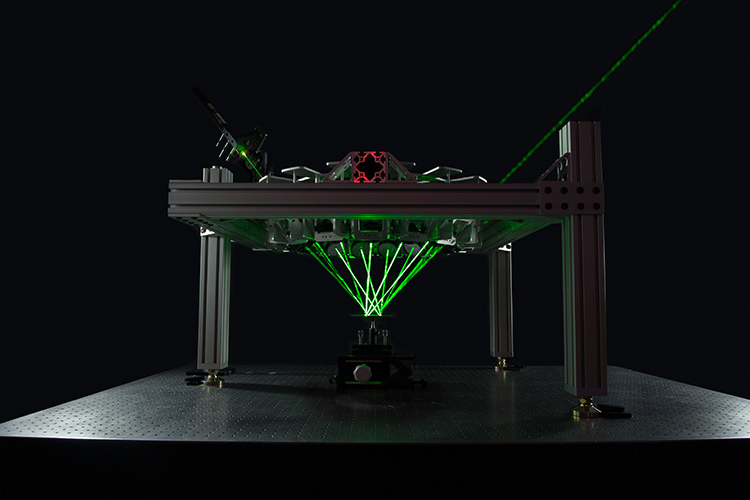
SECOND PLACE
“The High Amplification Laser pressure Optic (HALO) was developed by NIST to measure kilowatts of laser power with best-in-class accuracy. Here, optical power is determined by measuring the force a laser beam exerts when it is reflected by the HALO’s central mirror. Thirteen smaller mirrors redirect the beam towards the central mirror, multiplying the force and reducing the measurement uncertainty. This image was captured with a green HeNe laser, traced out with a white card to show the beam path.”
—Aly Artusio-Glimpse, NIST, Gaithersburg, MD, USA
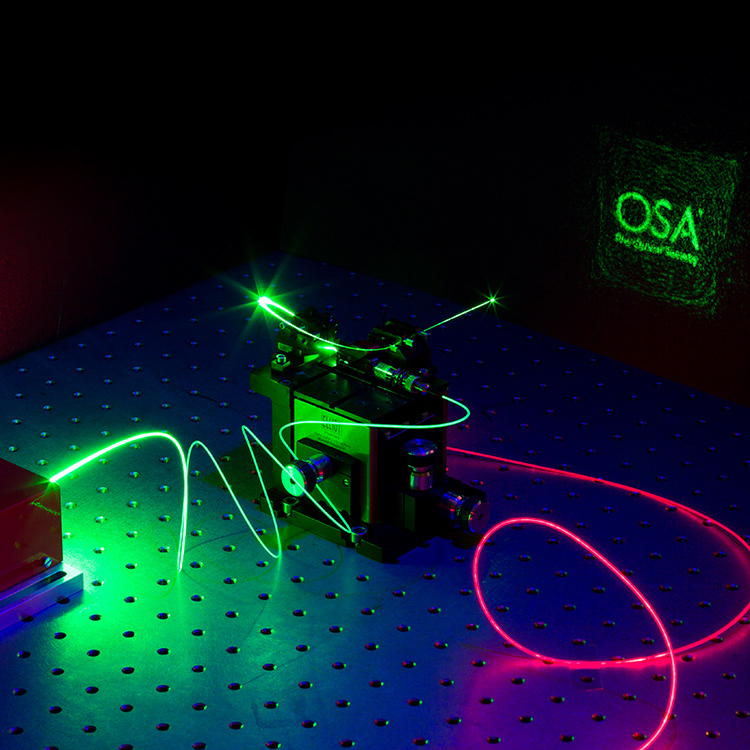
THIRD PLACE (Tie)
“The image shows a freeform hologram directly 3D printed onto the tip of a single-mode optical fiber (Optica 7, 1279 (2020)). The freeform hologram displays the logo ‘OSA The Optical Society,’ independent of distance into the far field. The illumination wavelength is 520 nm.”
—Claudia Imiolczyk, Moritz Floess, Simon Thiele and Harald Giessen, University of Stuttgart, Germany

THIRD PLACE (Tie)
“A set of 5 X-cubes, illuminated by the white light from a phone torch. Whilst typically used for splitting collimated light into RGB components, combining multiple cubes and a diverging source results in a spectrum of colors.”
—Kevin J. Mitchell, University of Glasgow, Glasgow, UK
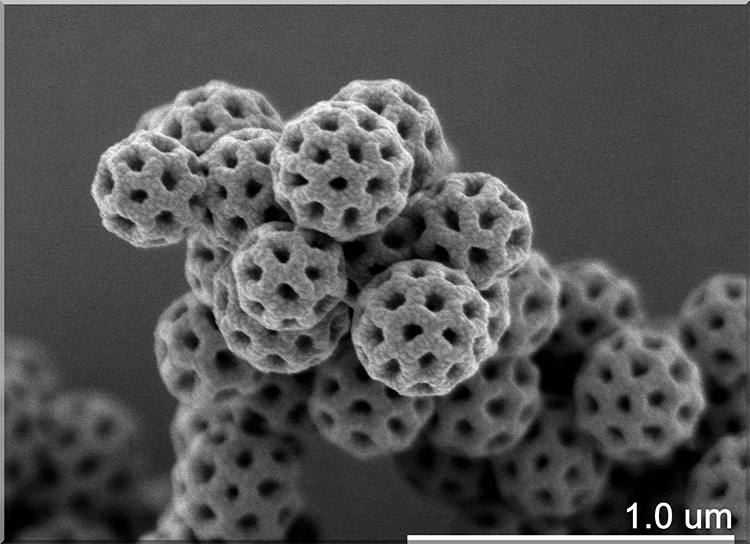
HONORABLE MENTION
“Scanning electron microscopy image of brochosomes conformally coated with 10 nm of iridium by atomic layer deposition. Brochosomes are formed by insects to protect their wings from dirt and dust. These structures are only about 500 nm in diameter, very uniform, and complex.”
—Paul Schmitt, Friedrich Schiller University Jena, Institute of Applied Physics IAP, Jena, Germany
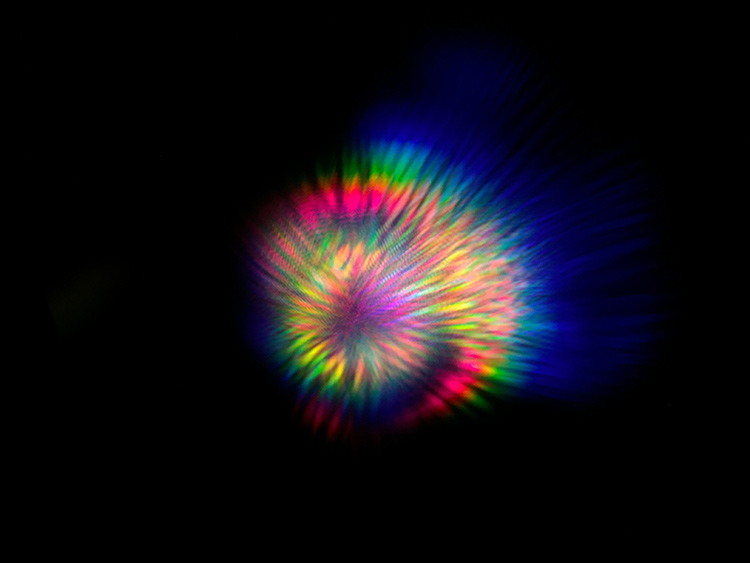
HONORABLE MENTION
“Bright speckles intercepted on a piece of white paper after an azimuthally polarized femtosecond laser beam is focused into a glass slide, and captured by an iPhone 6. The demonstration shows the existence of laser-induced breakdown in glass.”
—Zhijun Xu, College of Science, Zhejiang University of Technology, Zhejiang, China
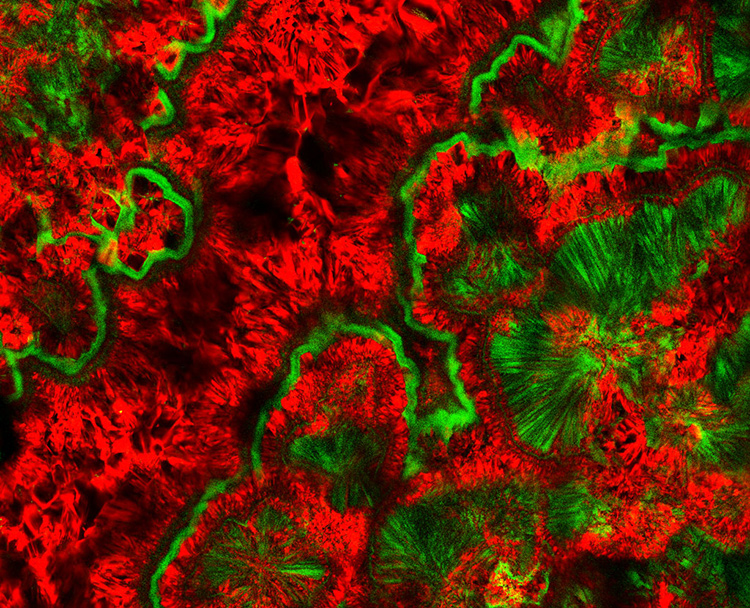
HONORABLE MENTION
“This false-color image of a blue lace agate mineral sample, taken on a multiphoton microscope, highlights how beautiful nonlinear optics can be. The red color is from second-harmonic generation in the quartz mixed into this sample. The green color is from third-harmonic generation, which highlights the banded regions that give agate its characteristic appearance.”
—Benjamin M. Cromey, Ball Aerospace, Boulder, CO, USA
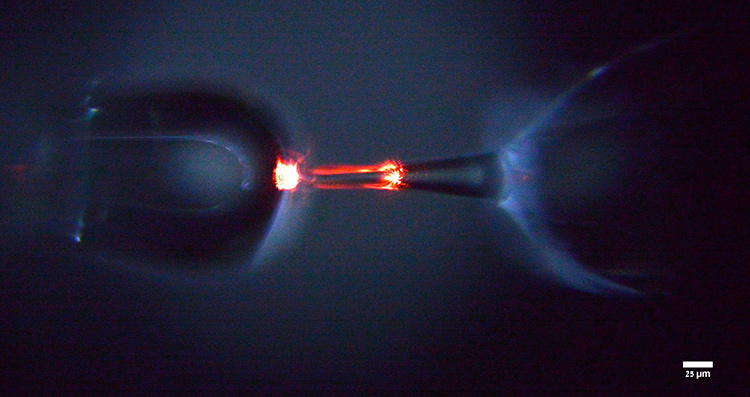
HONORABLE MENTION
“When a high voltage is applied between two beakers filled with deionized water, a stable water thread known as a ‘floating water bridge’ can form between them. In this photograph, we activate the water bridge as an optical fiber by launching 770-nm laser light through the tapered fiber coupler on the right and collecting the light on the other side with a fiber lens coupler. The scattering is caused by capillary vibrations of the fiber.”
—Mark Douvidzon, Technion–Israel Institute of Technology, Haifa, Israel
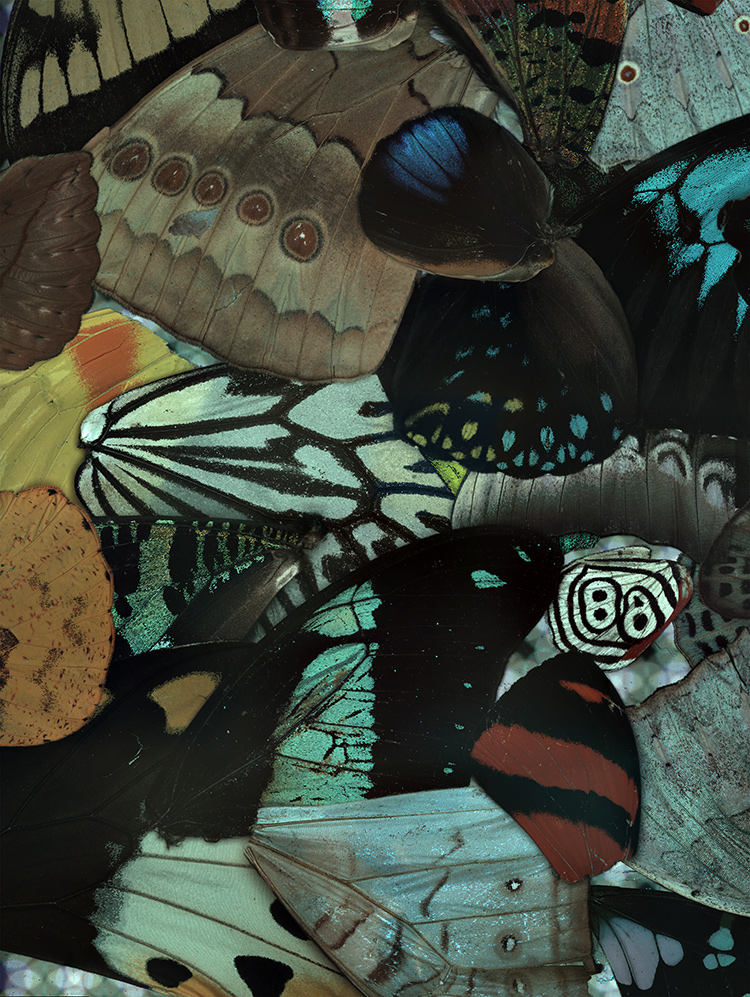
EDITORS' CHOICE
“Butterfly wings— a single snapshot taken with a gigapixel microscope.”
—Ramona Optics, USA
For this year’s contest, OPN received 67 remarkable entries. We thank the panel of judges who provided insight on those images and helped select the winners: Felipe Beltrán-Mejía, Rocío Borrego-Varillas, Laura Coyle, Jennifer Kruschwitz, Anne Matsuura, Jelena Pesic, Arlene Smith and Joel Villatoro.
You can see all of this year’s contest entries online at www.osa-opn.org/contest/2020.
